Blog
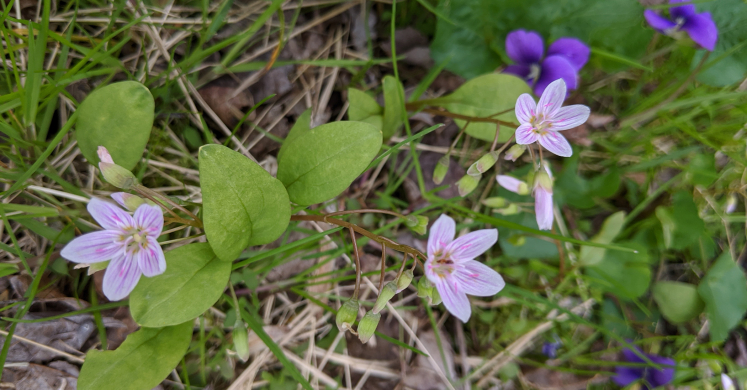
Using Plant Identification Apps to Celebrate Earth Day
It's Earth Day week! To celebrate, I went for a walk in the woods to share with you all some of the wonder you can discover with the help of a plant ID application. There are two I like to use – PlantSnap and Seek by iNaturalist. For this walk I used both! I encourage you to explore and discover your backyard in celebration of Earth Day!
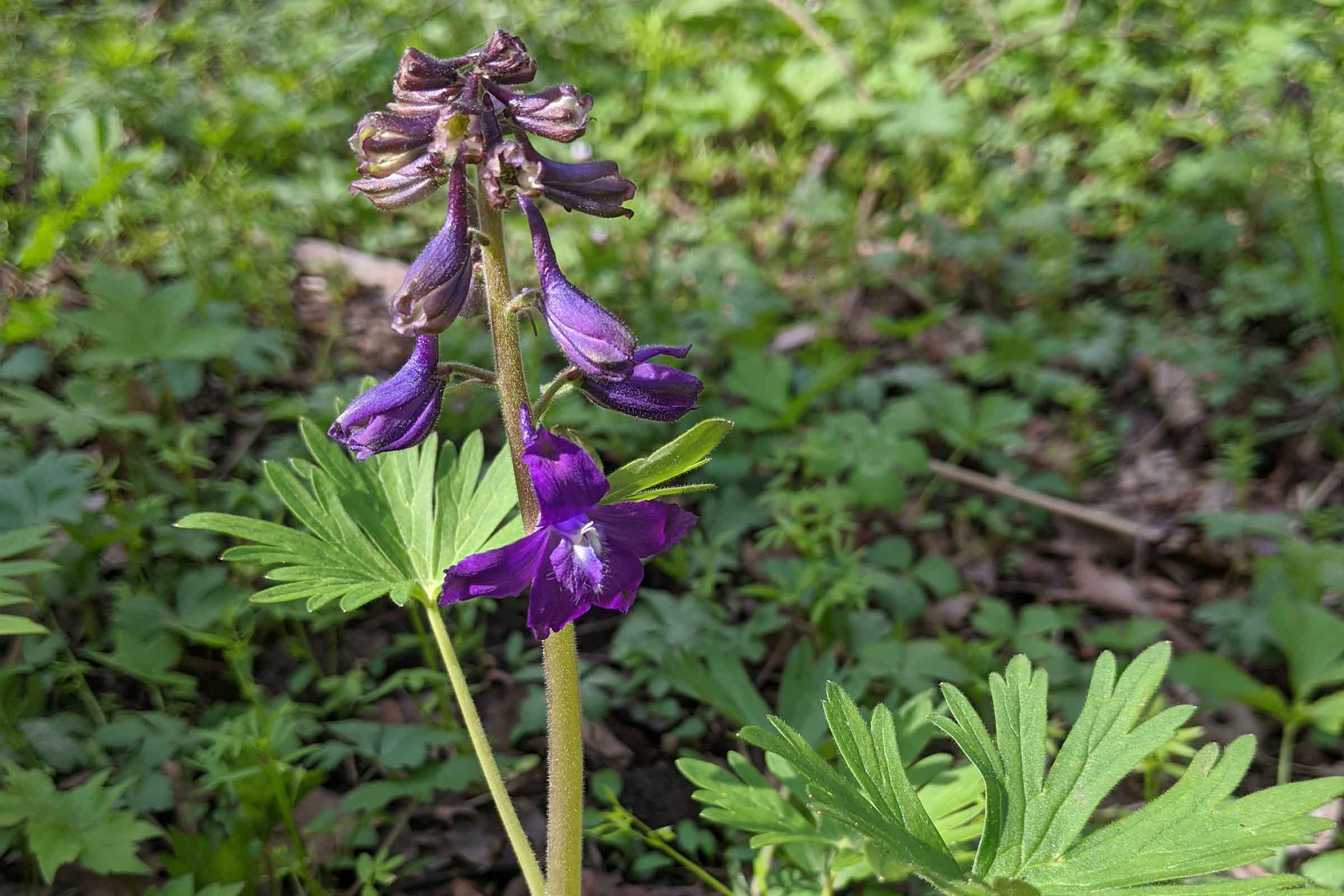
Dwarf larkspur (Delphinium tricorne) is a beautiful northeast native plant typically found in wet forest environments. This is the most common larkspur you can find in our woods, but not the only one!
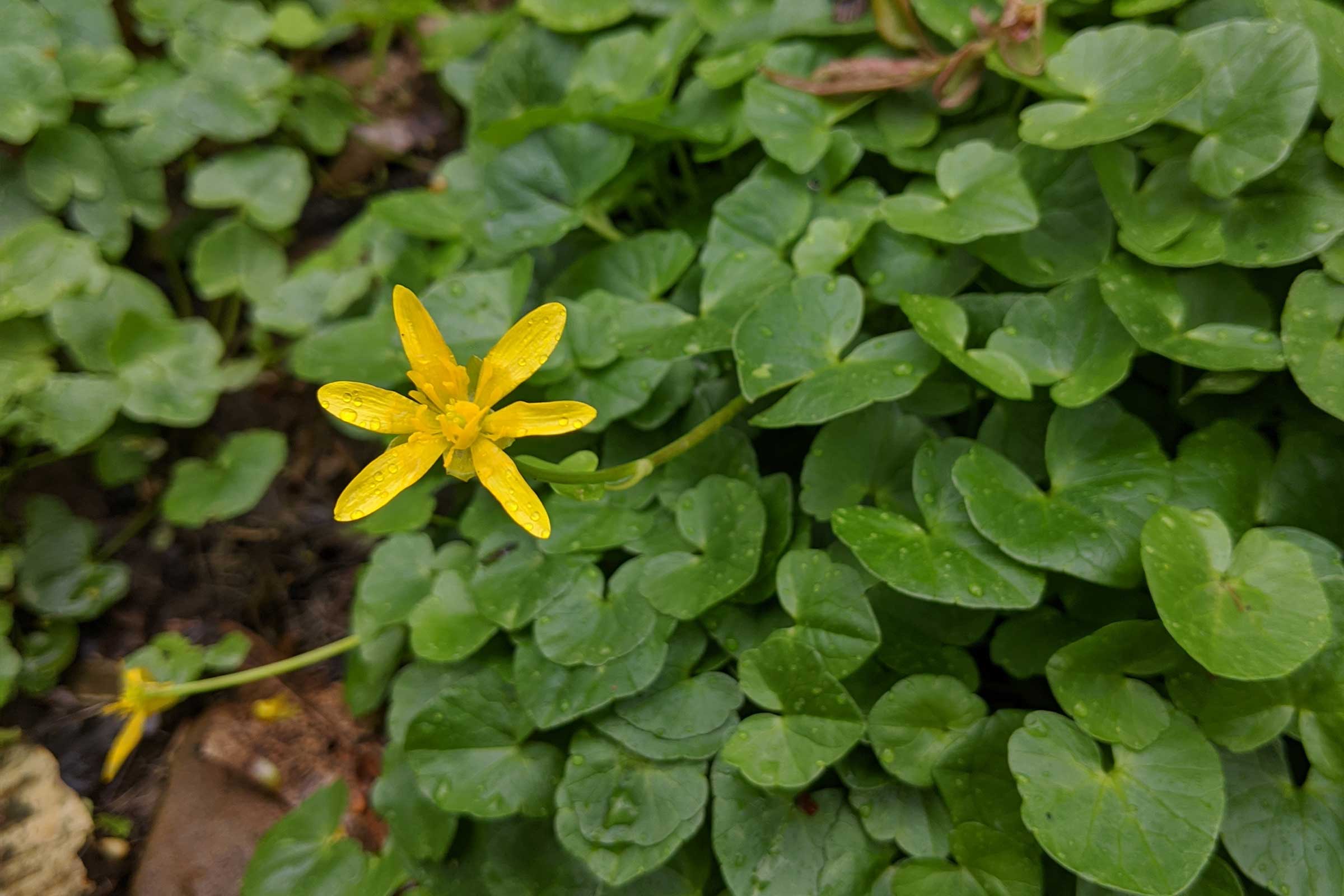
Lesser celandine (Ficaria verna) is found near streams in wet mucky soil. It is a European and Asian native but often found in our own streams.
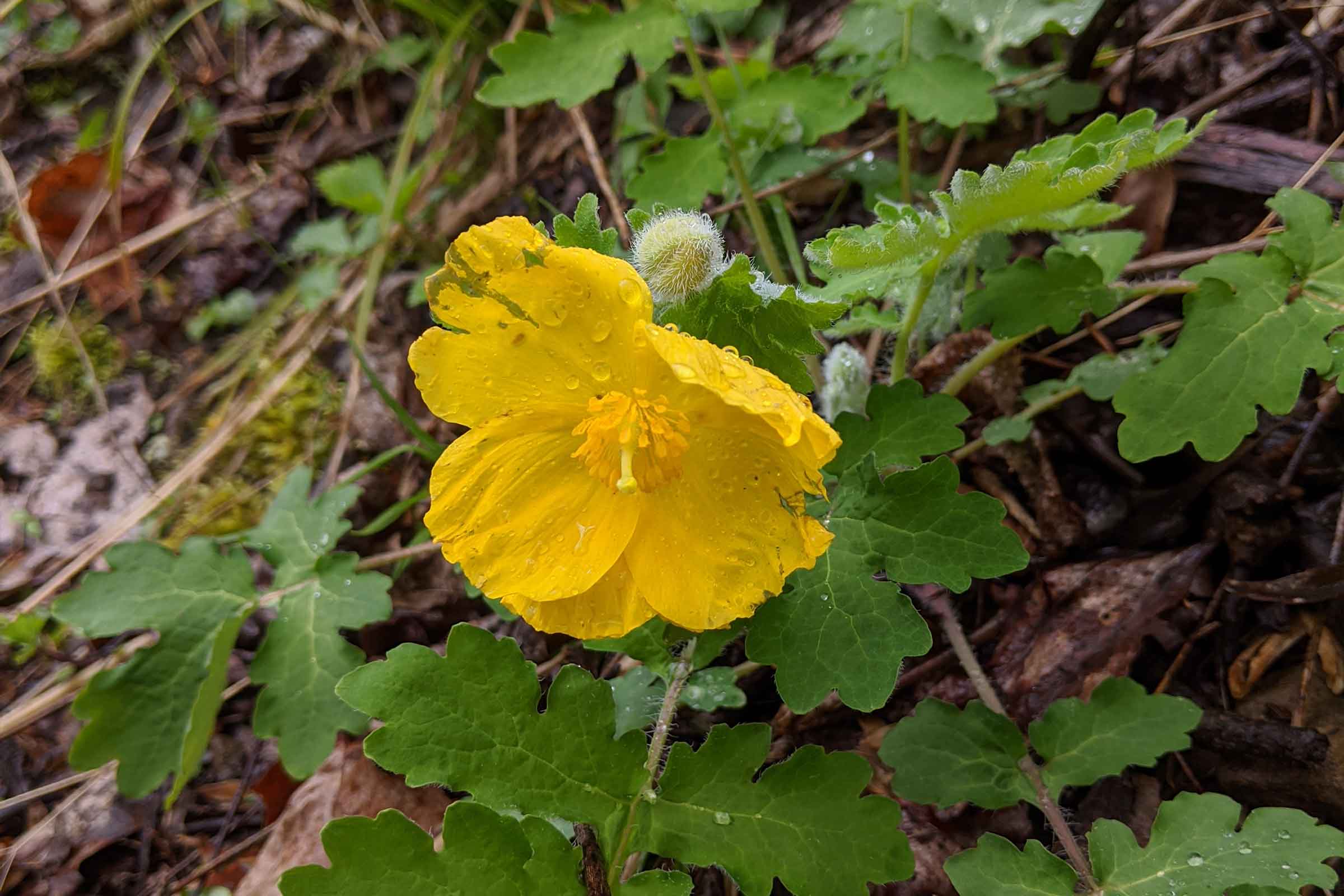
The lesser celandine is named similarly to the celandine poppy (Stylophorum diphyllum) whose flowers, though much larger than the lesser celandine, look somewhat similar. This native perennial is found across North America. The leaves, when cut, emit a yellow sap which is toxic but fun to make temporary drawings with.
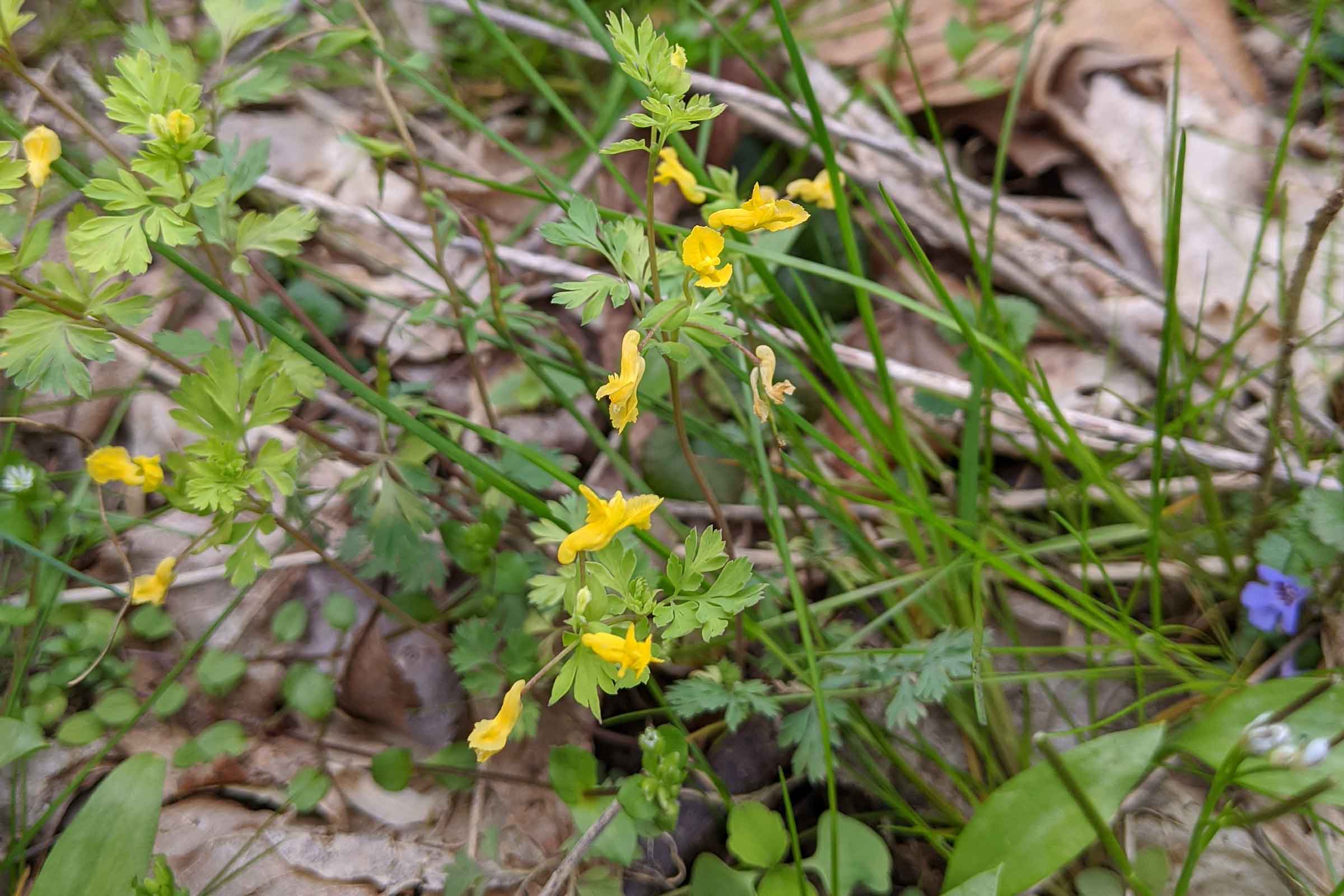
Continuing up the hillside I found another fun yellow bloom – pale corydalis (Corydalis flavula). This plant is not only adorned by its oddly shaped flowers but also by its fragile lace-like leaves.
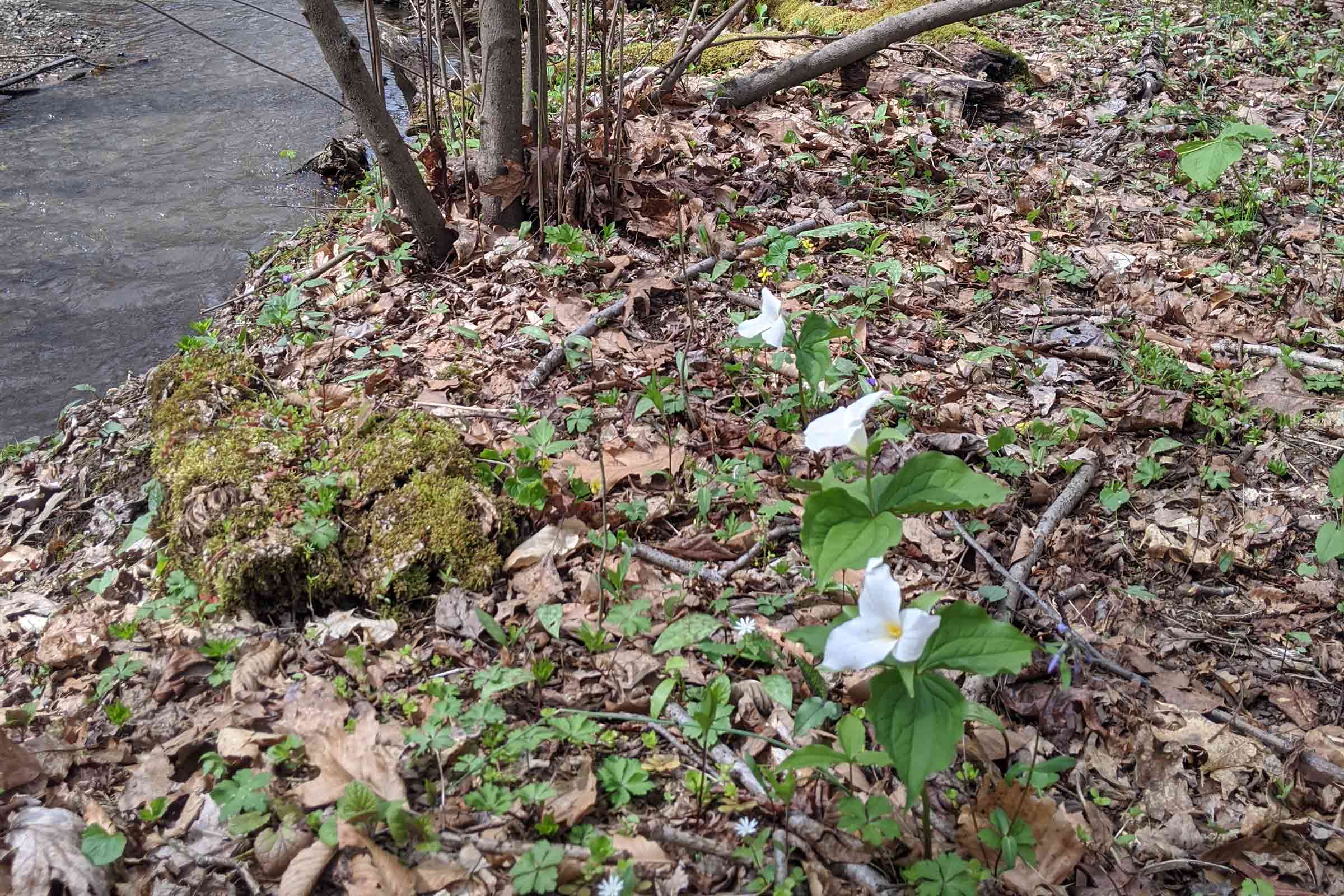
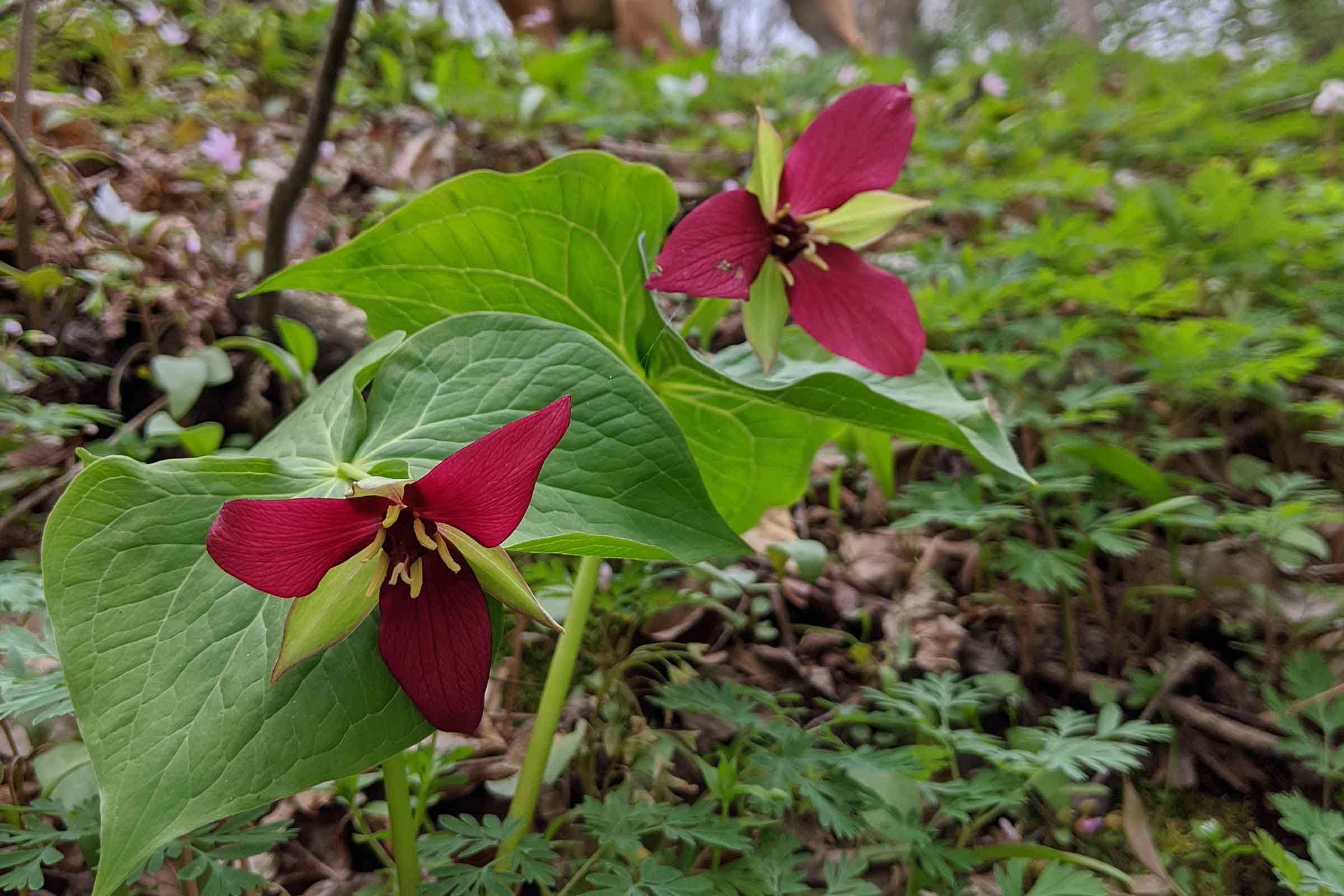
Surrounding me were clusters of white (Trillium grandiflorum) and red (Trillium erectum) trilliums. These are North American natives. Their parallel veined leaves reveal that they are monocots (like orchids and grasses). They constitute a group of quintessential American woodland favorites.
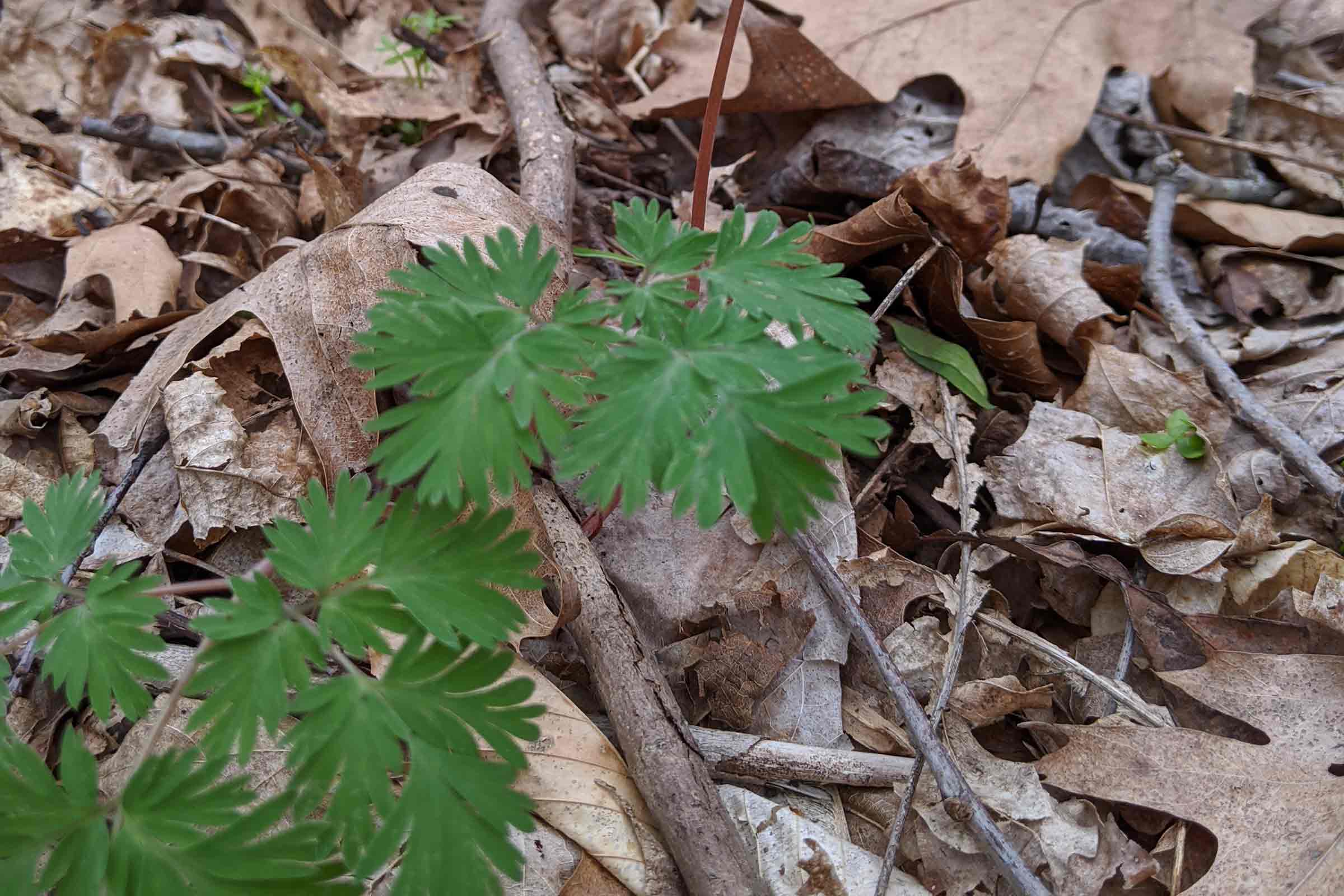
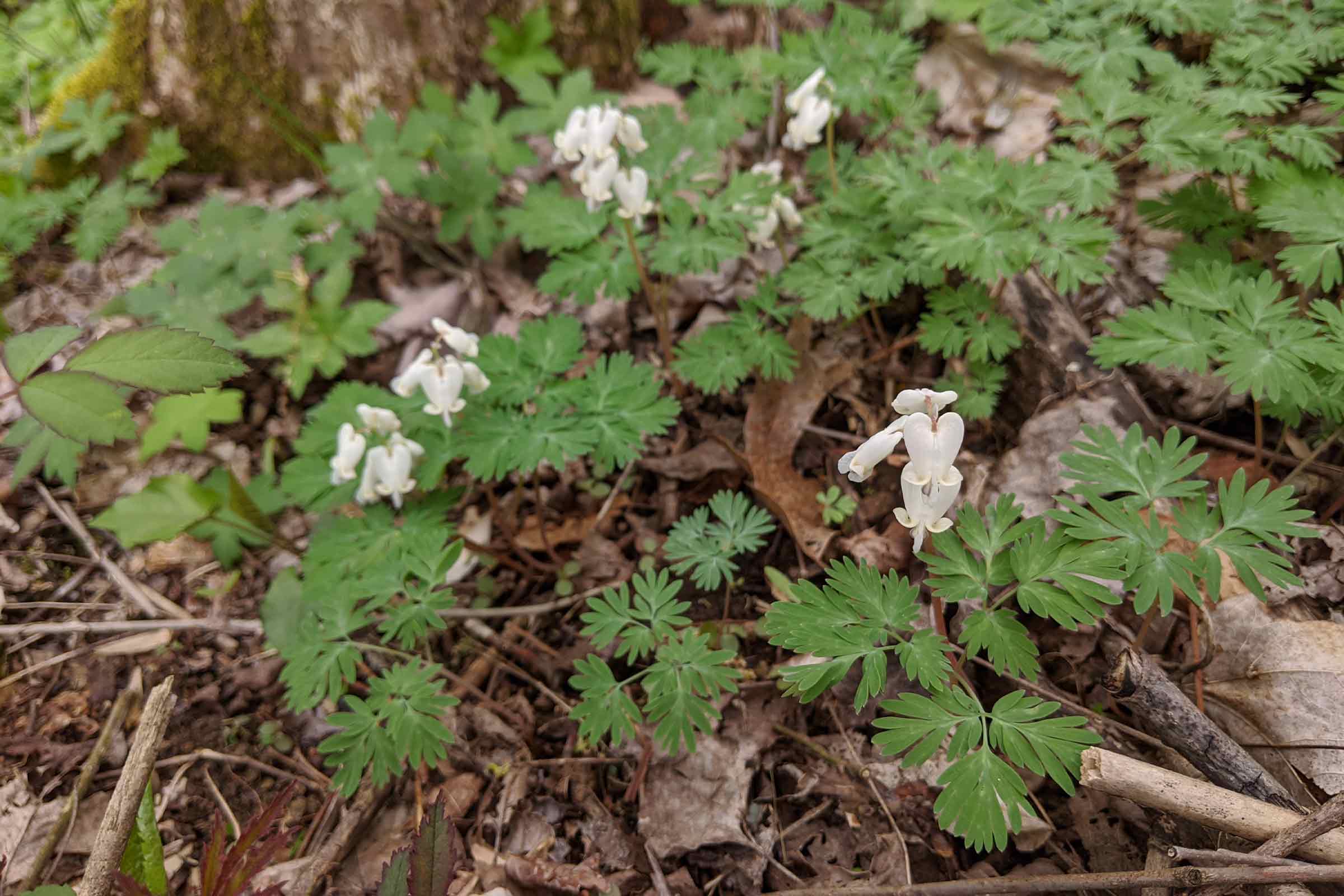
Another native woodland favorite is the dutchman’s breeches (Dicentra cucullaria). Take a close look at their flower and you’ll understand the common name – it looks like a pair of pantaloons, flipped upside down. Near this plant, I also found squirrel corn (Dicentra canadensis). It has a very similar looking flower, though it is more rounded, forming a heart rather than a fluffy set of pants. Squirrel corn looks similar to the popularly cultivated bleeding heart (Dicentra spectabilis), an Asian native cultivated for shade gardens.
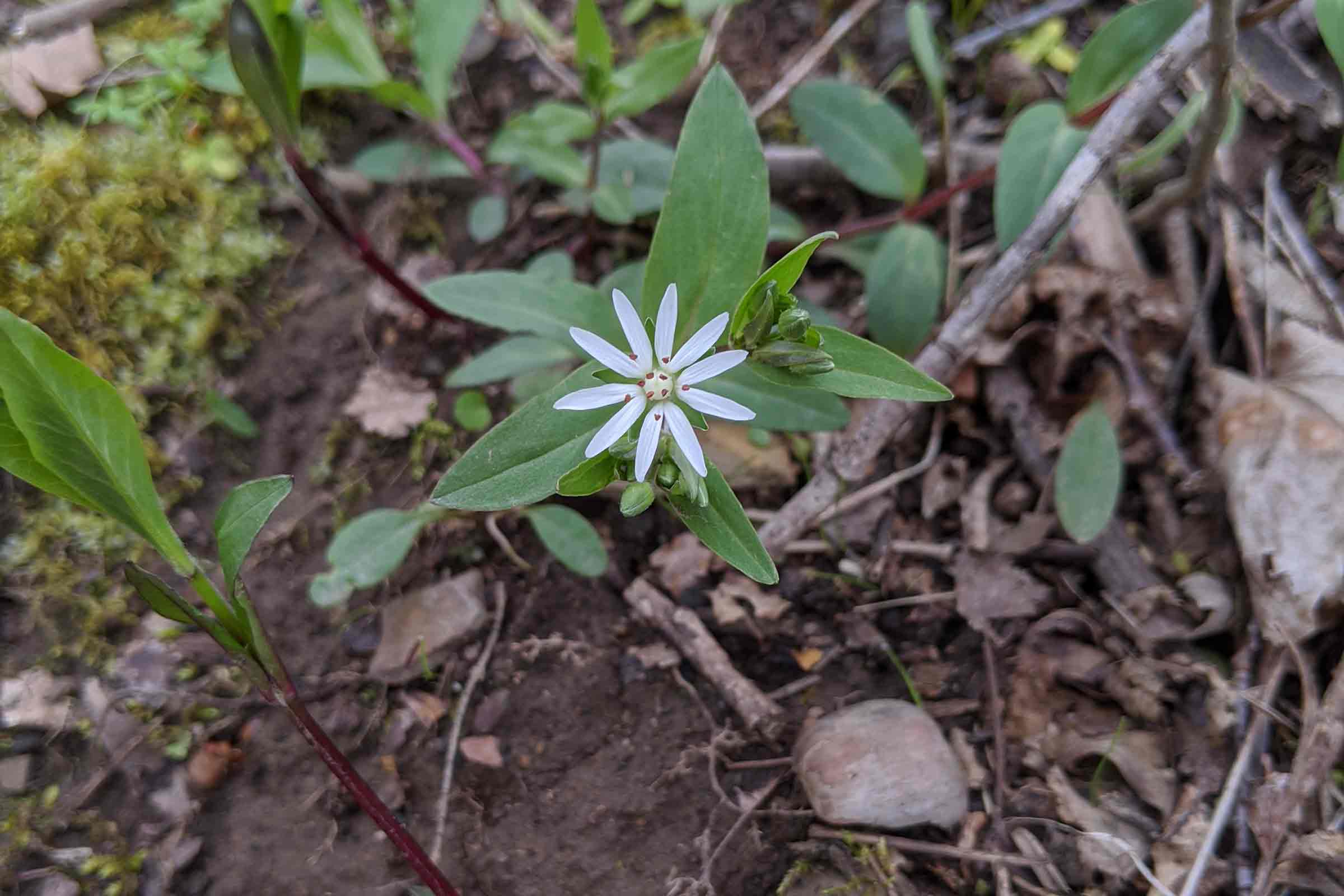
All around the ground I also saw star chickweed (Stellaria pubera). The bloom truly looks like a star as it faces directly towards the sky. Each of its five petals are deeply lobed, making it appear as if it has 10 petals.
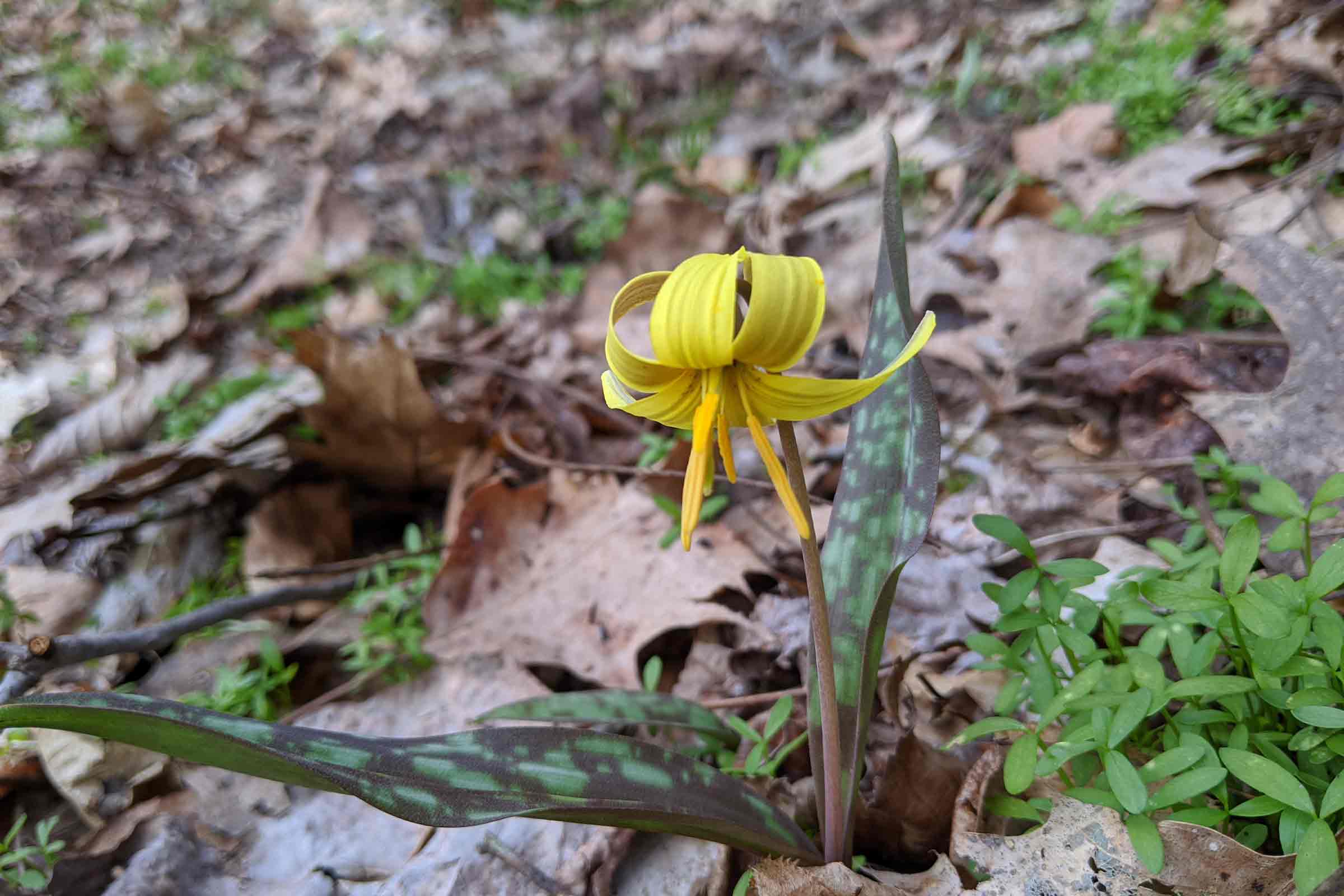
One of my favorite plants to see are the trout lilies. Found in wet shaded woods as well as sunny hillsides, these spotted leaves are a delight. A few species are found throughout the northeast, though the yellow trout lily (Erythrium americanum) is the most common.
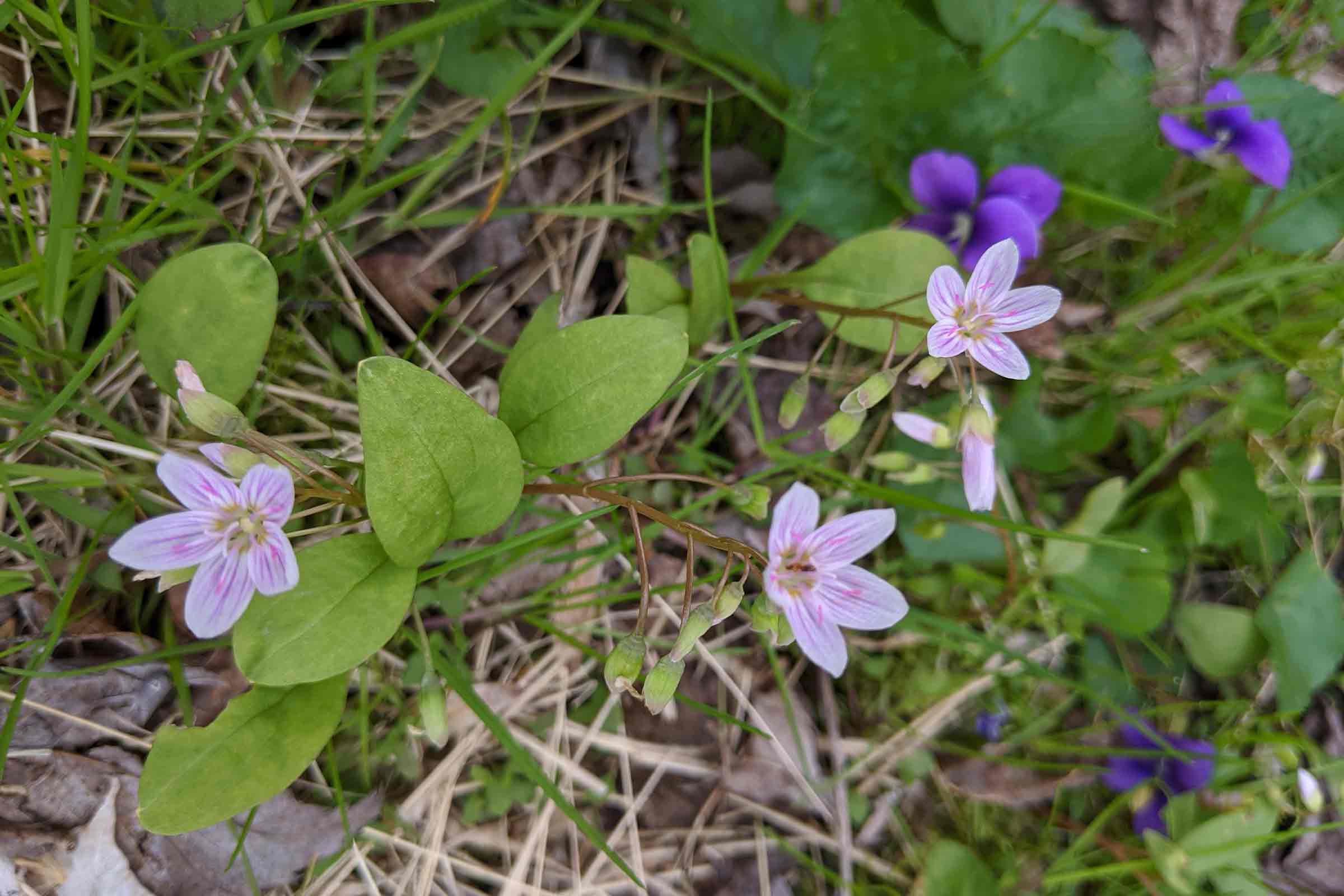
Finally, throughout you’ll see various spring beauties (Claytonia spp). They can be identified by their pink striped petals, a truly gorgeous splash of color that you can see in the woods and lawns alike!
If this virtual walk has sparked your excitement for the outdoors, join in an international celebration of nature this Earth Day weekend, April 24-27, with the City Nature Challenge! Normally a friendly competition to see which cities around the world can log the most observations in iNaturalist, this year the City Nature Challenge has switched its focus to just observing and enjoying the natural world around as a unifying experience in the midst of a difficult time. Check out the Challenge’s website for more details!
Select Photos © Julianna Razryadov

